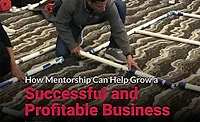Coronavirus Business Boom
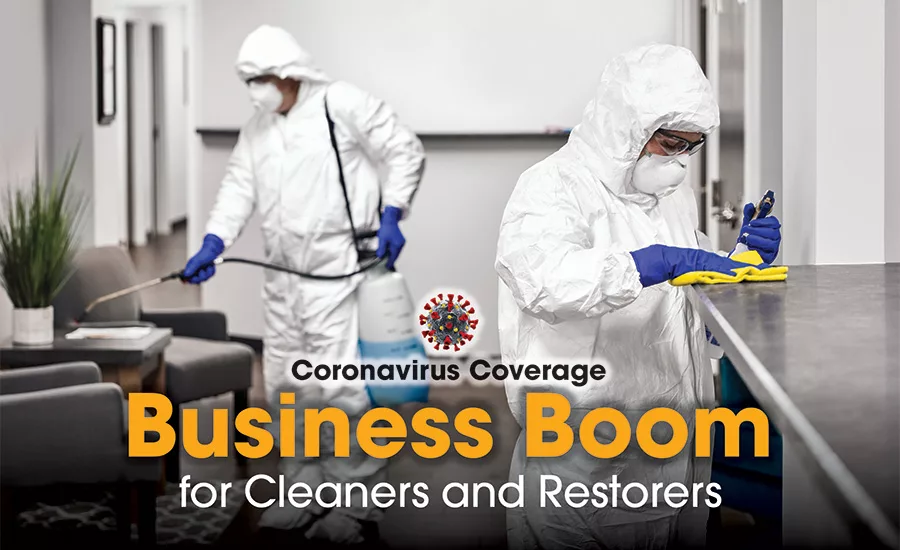
Photos courtesy of NORMI
Never before in history has there been a time when countless numbers of businesses around the world have been forced to shut their doors and close up their buildings. As these buildings begin to reopen, professional cleaners and restorers can expect a surge of work as there is now a significant need for professionals who are trained and certified in sanitizing processes in a COVID-19 world.
In addition to sanitizing needs, many buildings will have developed other forms of microbial contamination while closed up. Let’s look at some of the challenges businesses and commercial landlords will face during the reopening phase.
Structural Mold
These forced closures due to the coronavirus pandemic have put buildings worldwide at risk for mold growth and other contaminants. Without preventative steps being implemented, closed up buildings have had the potential to become structural petri dishes of mold, bacteria, and viruses causing elevated levels of airborne and surface microbials in the indoor environment.
Structures that were not properly prepared prior to being closed up will be at higher risk for having developed unsafe levels of contamination. During client intake meetings, check to see which of the following preventative steps were taken:
- Cleaning: A thorough cleaning should have been done, including all horizontal surfaces. Areas where dust has settled like door jambs, the top of bookcases, and even chair rails and baseboards, as they are often neglected in routine cleaning. Care should have been taken to make sure every surface was wiped down as spores live in settled dust, skin cells, and other organic matter.
- Spoilage: Refrigerators should have been cleaned out and the trash removed. There is nothing worse than coming back into an environment where spoiled food has been rotting for weeks or months.
- Water: Any standing water or wet areas should have been attended to as adequate moisture fosters microbial growth.
- Ventilation: If possible, someone should have been assigned to go back on good weather days to open a few windows to allow fresh air inside. The natural sunlight and fresh air are great oxidizers of microbial contaminants like mold, bacteria, and viruses. Even periodic exposure to fresh air and sunlight can help avoid that stale smell. Ideally, the blinds and curtains should have been left open to bring in the sun’s freshening rays as ultraviolet light naturally destroys mold growth.
- HVAC: The HVAC system should have been left on. When a building is closed with the HVAC shut off, the humidity can increase, creating an environment ripe for mold growth.
- A/C: The air conditioning system should have been left operating on a humidistat, if it had one, to maintain the relative humidity below 60 percent, which reduces the chance of mold growth. An air conditioner acts as a dehumidifier. For HVAC units without humidistats, thermostats should have been set at 80 degrees to cause them to run periodically throughout the closedown. This would have helped keep the indoor environment drier, which helps stave off mold growth as mold does not grow when it is dry.
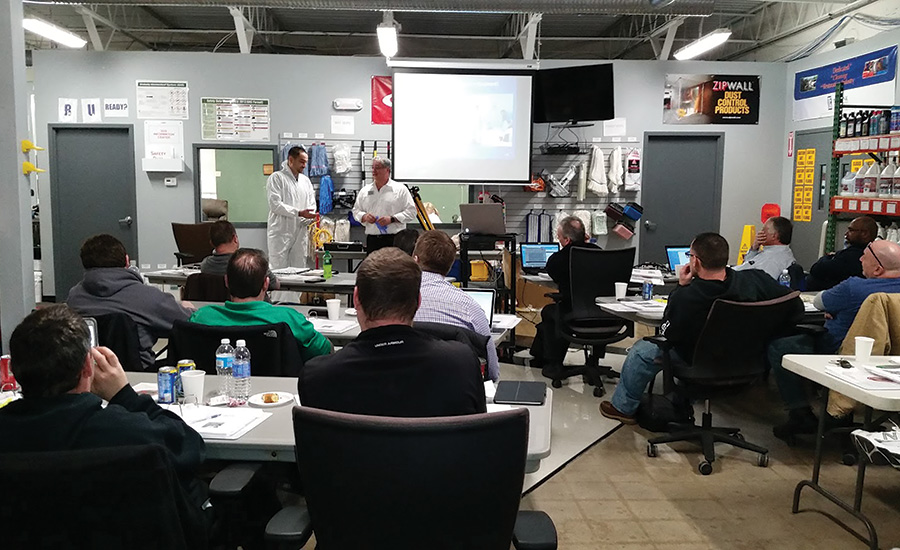
Other Microbials
Mold is just one of many indoor air quality problems that could have developed while buildings were on lockdown. Unsafe levels of other microbials such as bacteria and viruses, both airborne and on surfaces, could also have accumulated.
Even though surface testing is now available for the novel SARS-CoV-2 virus, it is expensive and time-consuming whereas surrogate testing can be used to test air and surface areas. The word surrogate means substitute or standing in the place of, so in surrogate testing, we test for another microbial that is deemed harder to kill or is similar to the microbial for which testing may not yet exist. Indoor air quality professionals must be properly trained in how to perform surrogate testing.

Third-party Testing
To help meet the increased global demand for certified sanitizing professionals (CSP) in a world facing a highly transmittable disease, the National Organization of Remediators and Mold Inspectors (NORMI) has created an online CSP course featuring a multi-strategic approach to sanitization. Course participants are trained in surrogacy testing, proven green chemistries, air filtration and purification technologies, ongoing client maintenance programs, and client lifestyle changes to reduce indoor air and surface microbial loads.
The NORMI CSP protocol includes testing of pre- and post-sanitizing samples performed by an independent third-party laboratory. Once the efficacy of the implemented sanitization procedure is verified by the independent laboratory, the lab itself then sends a NORMI Certificate of Sanitization to the client, which ensures business owners and its employees that no harmful levels of microbials are present at the time of testing.
CSPs are trained on how to educate their clients and work with them to implement an ongoing indoor air quality maintenance program that includes annual reassessments, testing, and renewal of the Certificate of Sanitization. The annual reissuance of the Certificate of Sanitization is similar to how health departments inspect restaurants and update their ratings each year.
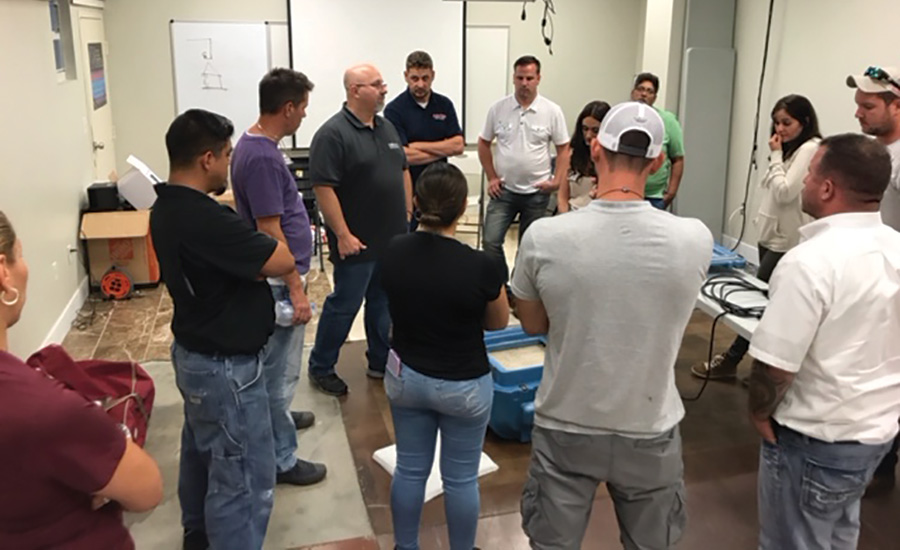
Be Proactive
NORMI developed the Certificate of Sanitization in 2006 to provide third-party confirmation of the effectiveness of the application of the microbial reduction protocol in an environment. NORMI protocols have undergone extensive review by legal and insurance teams, which benefits both contractors and their clients.
Due to the increased demand for sanitizing services from COVID-19, now is the time for IAQ professionals to be proactive and expand their services by becoming a CSP so they can provide vital sanitizing services in their community. By reaching out to businesses and building owners with post-closure sanitizing solutions, clients will be able to make educated and informed decisions regarding the steps they can take to create safer, healthier, and cleaner indoor environments for returning employees and customers.
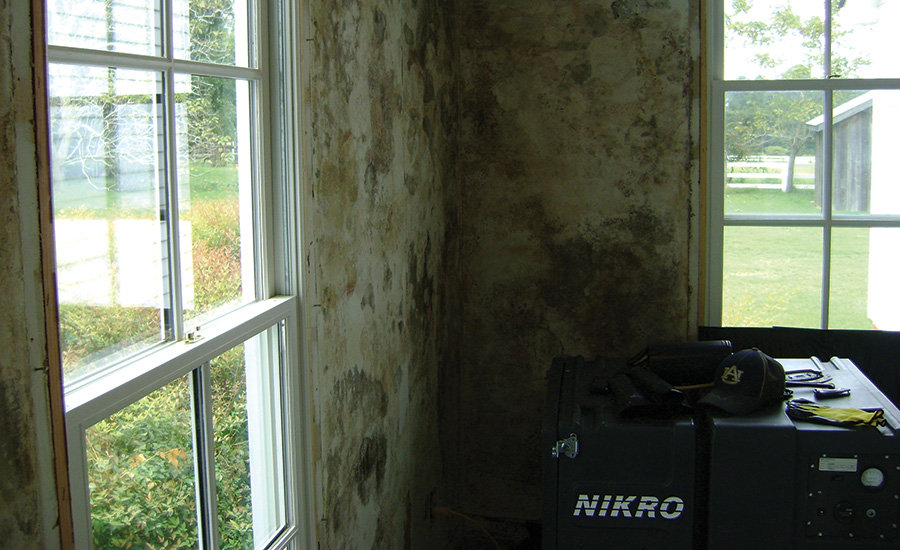
The NORMI CSP certification requires completion of the online course “Microbial Load Reduction Protocol” and active NORMI membership, which includes weekly continuing education. Certifications are issued after taking an online course and passing proctored testing.
Looking for a reprint of this article?
From high-res PDFs to custom plaques, order your copy today!




